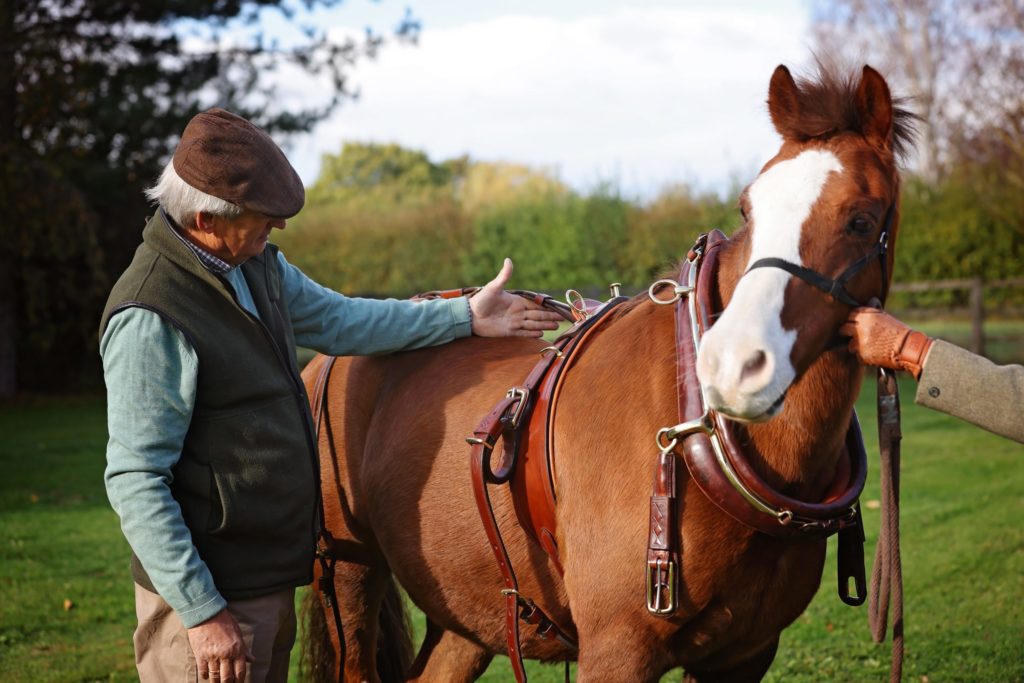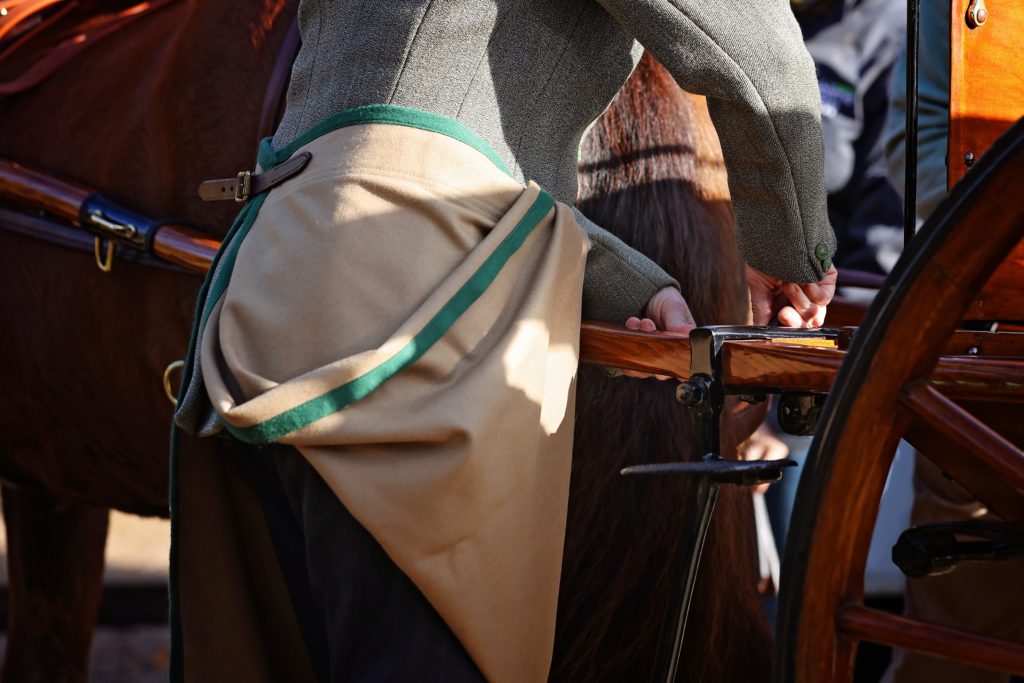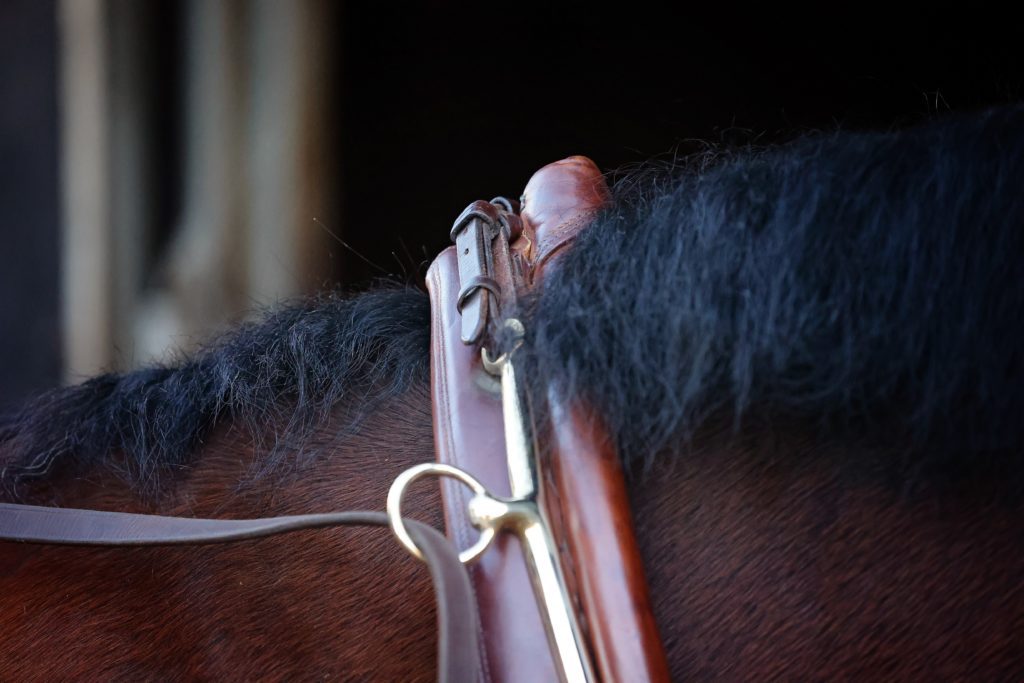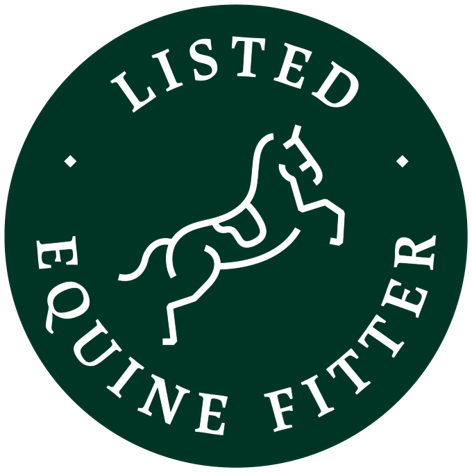British Carriagedriving coaches, Royal coachmen, and many experienced carriage drivers recognise the importance of correct harness fit. They will make checks to ensure that collars and breastcollars don’t restrict breathing or shoulder movement, that saddlepad girths don’t apply unnecessary force to the horse’s back, and that breeching is positioned correctly.
Although carriage driving has been around since the domestication of the horse there has been relatively little peer-reviewed academic research into the effects of harness on driving horses. The tenets of harness fitting have evolved over hundreds of years of experience.

Having a harness fitted
Qualified and Master Harness Makers understand the necessity of well-fitting harness and can produce exquisite products, often measuring for and fitting the harness themselves. However, it is common for harness is made to measurements provided by the buyer or in standard sizes such as Pony, Cob, and Horse.
The responsibility is then on the buyer to ensure correct fit - but this can be achieved by employing a knowledgeable person to assess fit and to arrange for modifications to be made by a harness maker or saddler if required. A harness fitter will consider the conformation of the horse, pony, donkey, or mule, the carriage, and the requirements of the driver according to their physique and ability.

Equine Fitters Code of Conduct
All Equine Fitters listed in the Directory meet criteria set by the Equine Fitters Council and abide by the Equine Fitter Code of Conduct and Professional Practice
Equine Fitter Code of Conduct and Professional PracticeBridle fit for driving
A recent Swedish study identified that trotting horses were subjected to generally higher rein tensions than ridden horses, with a consequent higher risk of bit damage to the horse’s mouth.
While there are currently few, if any, qualifications in harness fitting from accredited institutions, such qualifications do exist for bridle and bit fitting practitioners. The bits and bridles of harnesses function in the same way as those for ridden horses and their fitting principles are the same. If and when you are confident that your harness fits properly it is also advised to engage a bridle and bit fitter to ensure that your horse is comfortable.

Look for the EFC Directory
'Listed Equine Fitter' kitemark
